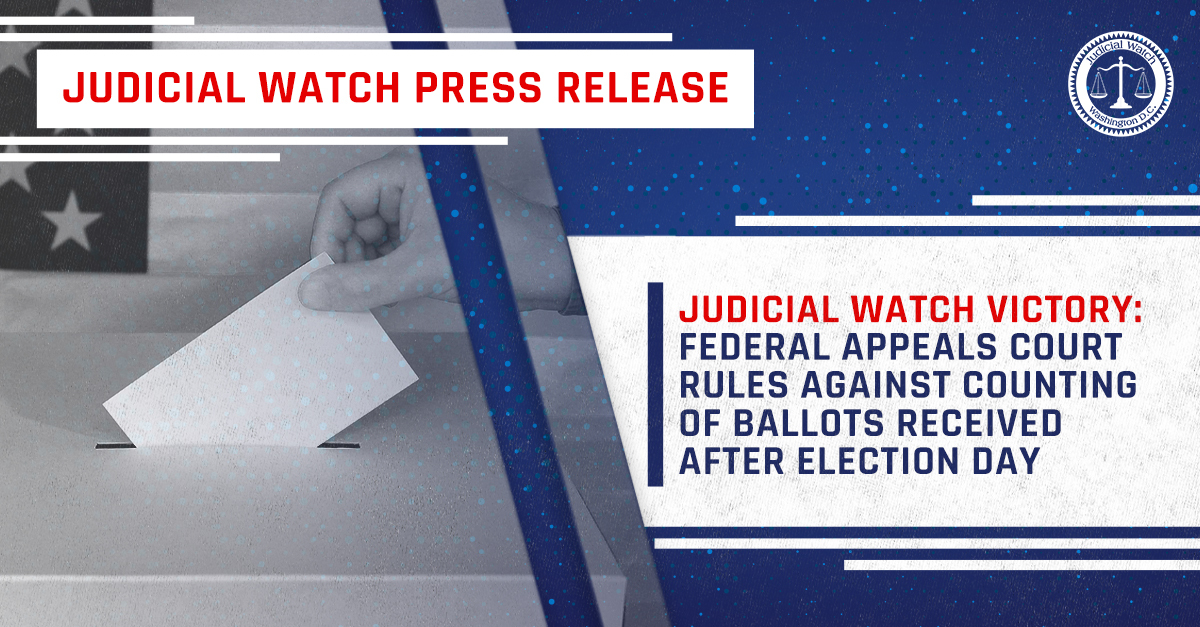

Judicial Watch Obtains Never-Before-Released Documents from FDIC Regarding Citigroup and Bank of America Bailouts
FDIC Board member cautions Treasury officials during meeting to ‘avoid “selective creativity” in determining what constitutes systemic risk;’ Records released after Court ruled FDIC ‘has not fulfilled its obligations under FOIA’
Washington, DC — February 24, 2011
Judicial Watch, the public interest group that investigates and prosecutes government corruption, announced today that it received never-before-released documents from the Federal Deposit Insurance Corporation (FDIC). The documents pertain to the Citigroup and Bank of America bailouts, as well as documents detailing the FDIC’s Temporary Liquidity Guarantee Program, which guaranteed unsecured debt of private financial institutions and provided them “full coverage of non-interest bearing [sic] deposit transaction accounts, regardless of dollar amount.”
The documents were obtained pursuant to Freedom of Information Act (FOIA) lawsuit filed on behalf of former Federal Reserve and FDIC employee Vern McKinley. Included are unredacted minutes from FDIC Board meetings during which FDIC officials and staff discussed the rationale for the bailouts which centered on the “systemic risk” of allowing the two financial institutions to fail. (Vern McKinley v. Federal Deposit Insurance Corporation (No. 10-00420)). Among the highlights from the documents obtained by Judicial Watch:
- FDIC Board Meeting Minutes from approval of Citigroup bailout (November 23, 2008):According to the minutes from the meeting, government officials described in vague terms the consequences of allowing Citigroup to fail, including “the effects on money market liquidity could be expected on a global basis,” “term funding markets remain under considerable stress” and the fact that it would “significantly undermine business and household confidence.” One FDIC Board member who was in attendance, John Reich, cautioned Federal bank regulators and the Treasury Department to “avoid ‘selective creativity’ in determining what constitutes systemic risk and what does not and what is possible for the government to do and what is not.”
- FDIC Board Meeting Minutes from approval of Bank of America bailout (January 15, 2009):According to the meeting minutes, Sheila Bair, Chairman of the Board of the FDIC, admitted the agency “was relying on data analysis by the Federal Reserve” and for that reason the FDIC “very much needs to proceed with a systemic risk determination with respect to [Bank of America].” Chairman Bair characterized the decision to bail out Bank of America as demonstrating that the FDIC, an independent agency, was a “team player along with the Federal Reserve and the Treasury to prove the systemic risk case.” These meeting minutes are consistent with a separate report by the Special Inspector General for the Troubled Asset Relief Program released on January 13, 2011. According to the report, Chairman Bair admitted: “We were told by the New York Fed that problems would occur in the global markets if Citi were to fail. We didn’t have our own information to verify this statement, so I didn’t want to dispute that with them.”
Regarding consequences of allowing Bank of America to fail, the arguments noted in the meeting minutes were similar to those articulated during the Citigroup meeting and included the general observation that “both financial stability and overall economic conditions would be adversely affected, and that staff believes the consequences could extend to the broader economy.” Judicial Watch also obtained meeting minutes and a FDIC memo regarding the agency’s Temporary Liquidity Guarantee Program, which represented a radical expansion of the FDIC’s power, allowing the agency to go well beyond the narrow scope of its lending authority. To justify this expansion of power, both documents reference a “recent study” by the FDIC on the effect of a run on uninsured deposits and its impact on economic activity. However, to date, this report has not been released to the American people, despite the fact that it is within the parameters of Mr. McKinley’s FOIA request. This program continues to insure about $265 billion dollars in debt.Judicial Watch filed its FIOA lawsuit on behalf of Mr. McKinley on March 15, 2010, as part of its comprehensive investigation to determine under what lawful rationales the federal government initiated these financial bailouts. Judicial Watch seeks records related to the FDIC’s decision to guarantee $306 billion of loans and securities held by Citigroup Inc., and $118 billion held by Bank of America. On April 15, 2010, the FDIC provided 101 pages of heavily redacted documents without providing sufficient justification for withholding the information and then filed a motion to dismiss the lawsuit.On December 23, 2010, while noting the fact that the FDIC “has not fulfilled its obligations under FOIA,” a federal judge rejected the FDIC’s motion to dismiss and ordered the agency to either conduct another search for documents or demonstrate why these documents should be withheld.“These documents point to three very disturbing truths about these bailouts: The government’s justification for the bailouts was weak. The decision was rushed. And it appears that the FDIC, while conducting no analysis of its own, merely bowed to pressure from Treasury to accept the bailout scheme. No wonder it took two years and a lawsuit for Judicial Watch to force the Obama administration to release these documents,” said Judicial Watch President Tom Fitton. “These documents confirm the concerns of the majority of Americans who believe the financial bailouts were unjustified and corrupt expansions of government power.”















